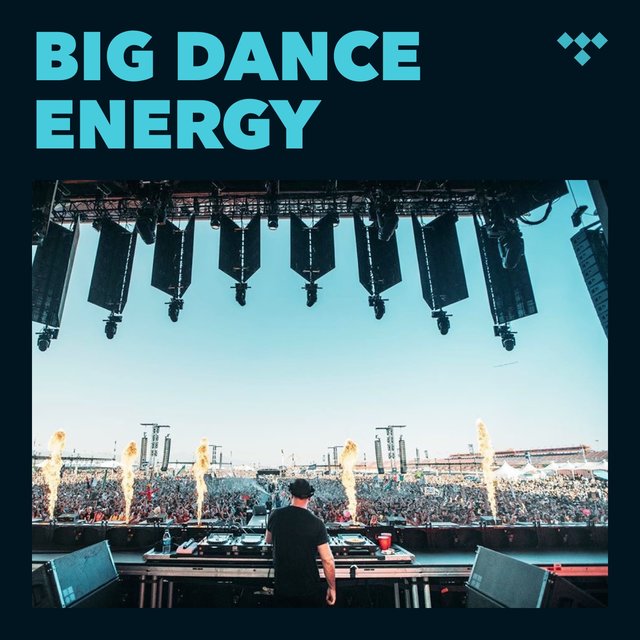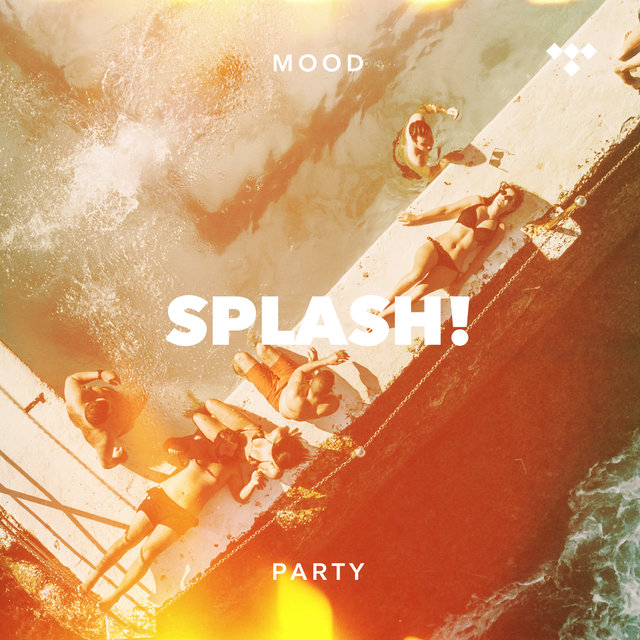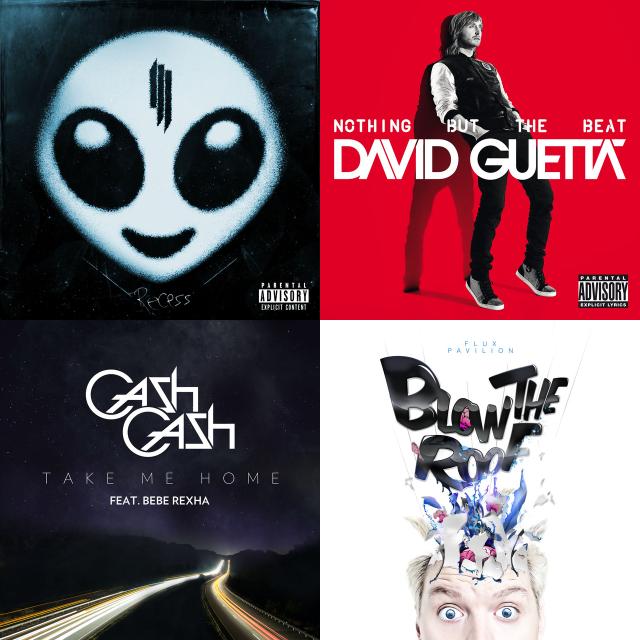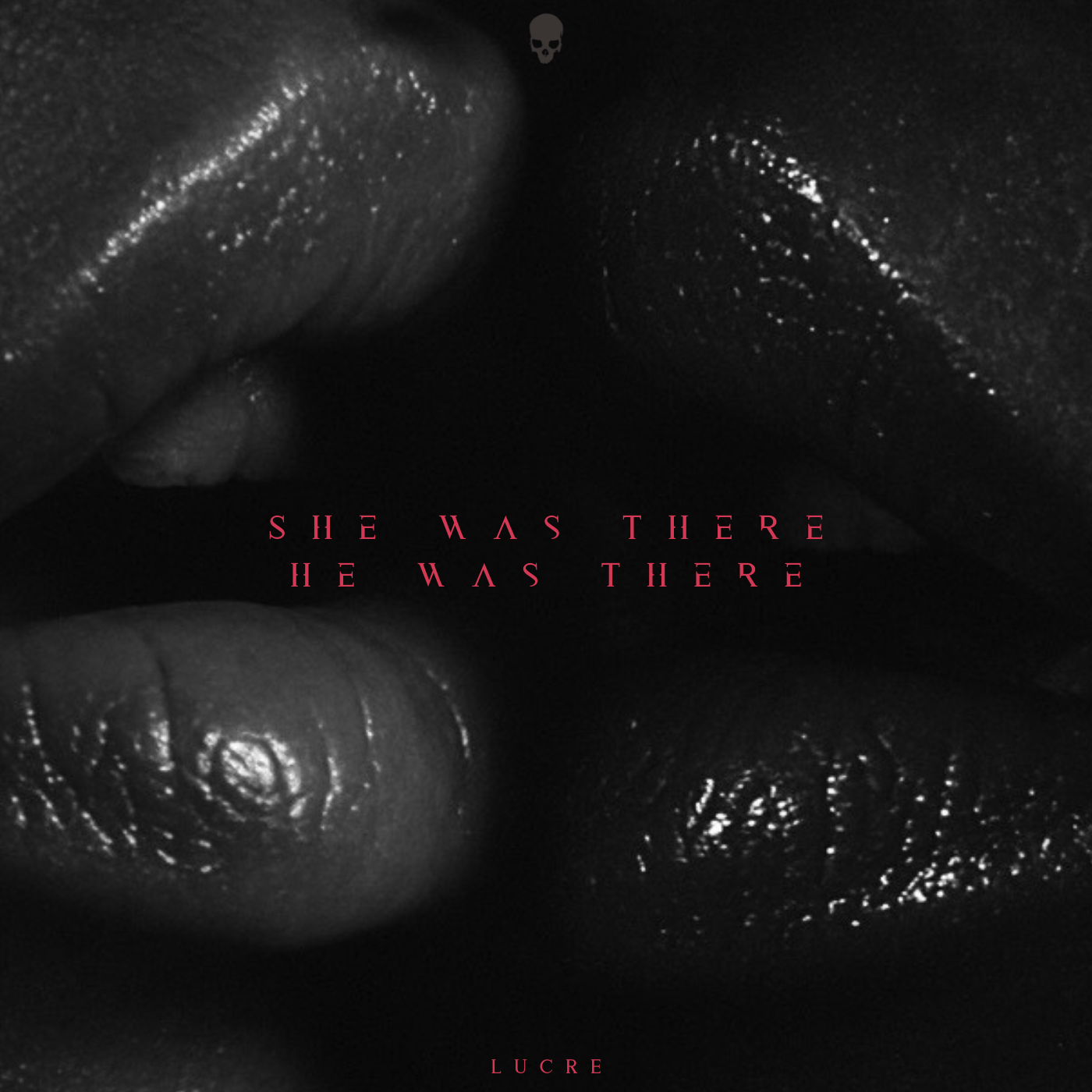Researchers Reveal Scientific Secrets to Chart-Topping Rhythms of Spotify’s Biggest EDM Hits

Most artists would tell you there's hardly a formula for a #1 hit. But what if you could increase those odds, even marginally so?
In an explorative study that merges the worlds of music and academia, the University of Oslo has unveiled fascinating insights into the intricacies behind some of the biggest streaming hits in electronic dance music. The question led researchers to interview a handful of the top-performing artists on Spotify to demystify their creative edge.
At the heart of this study is the concept of micro-rhythmic nuances. Take Seeb's smash remix of Mike Posner's "I Took A Pill In Ibiza," which released in 2015. When crafting the track, the duo discovered that a swing between 22% and 40% created the most engaging rhythm. The technique slightly shifts beats off a rigid grid, introducing a sense of nuance to the groove that's barely perceptible, though it can be powerfully engaging.
"If you change the rhythm just slightly, it can be so minimal that we don’t perceive it as a difference in timing, but we experience it as a change in sound," explained Professor Ragnhild Brøvig. "In some cases, modifying the sound can be heard as a change in rhythm."
The scientists additionally concluded that capably layering ones sounds can also lead to outsized success in the world of streaming. Layering different percussive elements, for example, can distort one's typical sense of rhythmic perception, leading to a more engaged listener.
While conventional genre-specific labels generally encourage listeners of electronic dance music to think and perceive within specific frameworks, the findings by the University of Oslo suggest that perhaps there's a net benefit to coloring outside the lines as a producer.
You can read the full study, "A Grid in Flux: Sound and Timing in Electronic Dance Music," here.






















